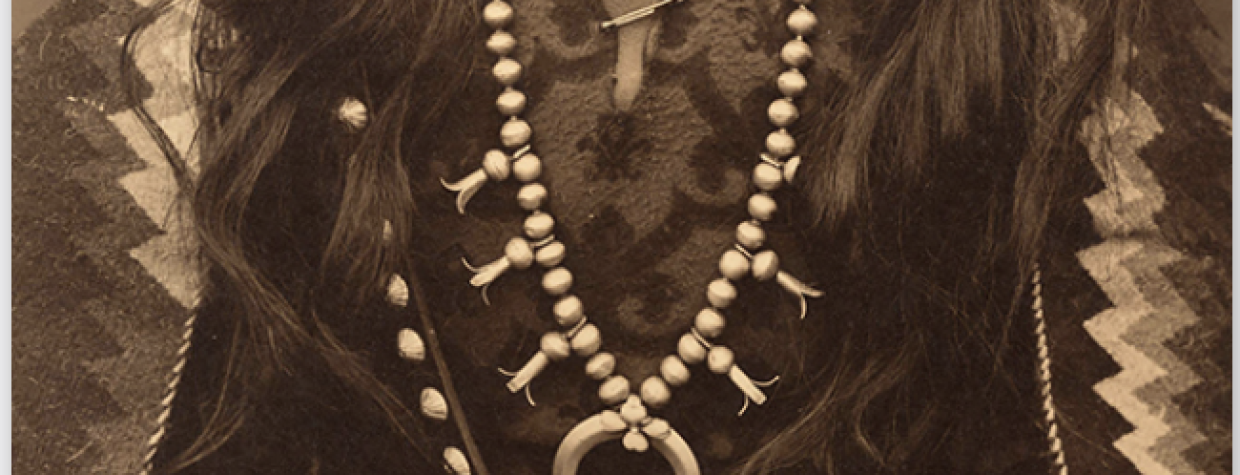By the time the Coconino County sheriff and the county attorney reached the scene of Charles Hubbell’s death, the newspapers had published what authorities suspected: A trader was killed by Navajos in a robbery gone wrong on March 23, 1919.
Hubbell was a part of the Hubbell trading empire on Navajo and Hopi lands in Arizona. His family trading post in Ganado, dating to 1878, is a National historic site located in Ganado, AZ and is the oldest trading post in operation on the Navajo Nation.
The Associated Press published a story that claimed the suspects were about 90 miles north of Winslow, “standing at bay in a mountain cave in one of the wildest sections of the northern part of the state and prepared to fight till death.” The Bisbee Daily Review led with the headline “Confessed slayers barricade selves in mountain cave.”
Yet from the start, the newspapers got the facts wrong and painted an incomplete picture of the circumstances of Hubbell’s death — which, for starters, was actually on March 21, 1919.
There was no mountain, cave, barricade or fight. The two suspects, brothers, were already in the process of surrendering to Navajo police. After the shooting, they ran straight home to tell their parents what had happened. They’d gone to the trading post for a snack, they said, when Hubbell, known to the Navajos as “The Bat,” refused to give them change and appeared to be drunk. The argument escalated, and Hubbell produced a Colt .45 revolver and fired it twice at the younger brother.
But a third gunshot sent a bullet into Hubbell’s skull. The older brother had grabbed a Smith & Wesson .32 revolver on display in the trading post and fired it at Hubbell in self-defense. The brothers panicked and set fire to the trading post, they recalled to their father, Ahdilthdoney.
Ahdilthdoney’s heart sank, and the family prepared to surrender.
Some may recognize the name and likeness of Ahdilthdoney from postcards of his photo sold at gift shops and gas stations. The famous photograph was taken by Frederick Monsen, although most postcards incorrectly credit another photographer and falsely translate Ahdilthdoney to “Many Arrows.” In actuality, Ahdilthdoney’s name celebrates his skill with the revolver and translates to “Gunshooter.”
The name inspired the title of The Sons of Gunshooter: A Navajo Resistance Story, scheduled to be published in the spring of 2026 by University of Arizona Press. The book re-examines Hubbell’s killing and the murder trial that followed, but it also goes back deeper in time to tell a much larger saga of colonization and resistance.
The authors, Dorothy Denetclaw and Matt Fitzsimons, merge Diné oral tradition and archival evidence to tell the stories of two families’ fates intertwining, starting in 1868. Denetclaw, a granddaughter of Ahdilthdoney, recalls hearing stories through the “Navajo way,” from her own father, about the family’s history.
“It was like watching a movie,” she says. “We did not read or write the stories. We learned it directly from our people."
Denetclaw is Tótsohnii, born for Tłʼááshchíʼí’, and lives in Indian Wells, Arizona. She is a community organizer, activist and interpreter. Navajo language and culture remain endangered, and Denetclaw’s passion to preserve her traditions sparked in the 1990s. She began working with the Navajo Times and Leading the Way magazine to archive her family histories.
In 2023, Fitzsimons, an investigative journalist, reached out with the idea to set the record straight. Fitzsimons is a former newspaper reporter and author of The Counterfeiters of Bosque Redondo: Slavery, Silver and the U.S. War Against Navajo Nations.
The two teamed up to tell the contextualized, accurate story of Denetclaw’s ancestry and how it intertwined with the Hubbell family. Denetclaw was impressed with Fitzsimons’ knowledge and willingness to learn and listen. “He did the research,” she says. “I mean, he really did the research.”
In addition to being an archive of history, Denetclaw believes the story of her family is more than a story of survival or resistance. "I want people to know that we were raised with a lot of love,” she says. “Our ancestors had love … that’s how they raised their children."

